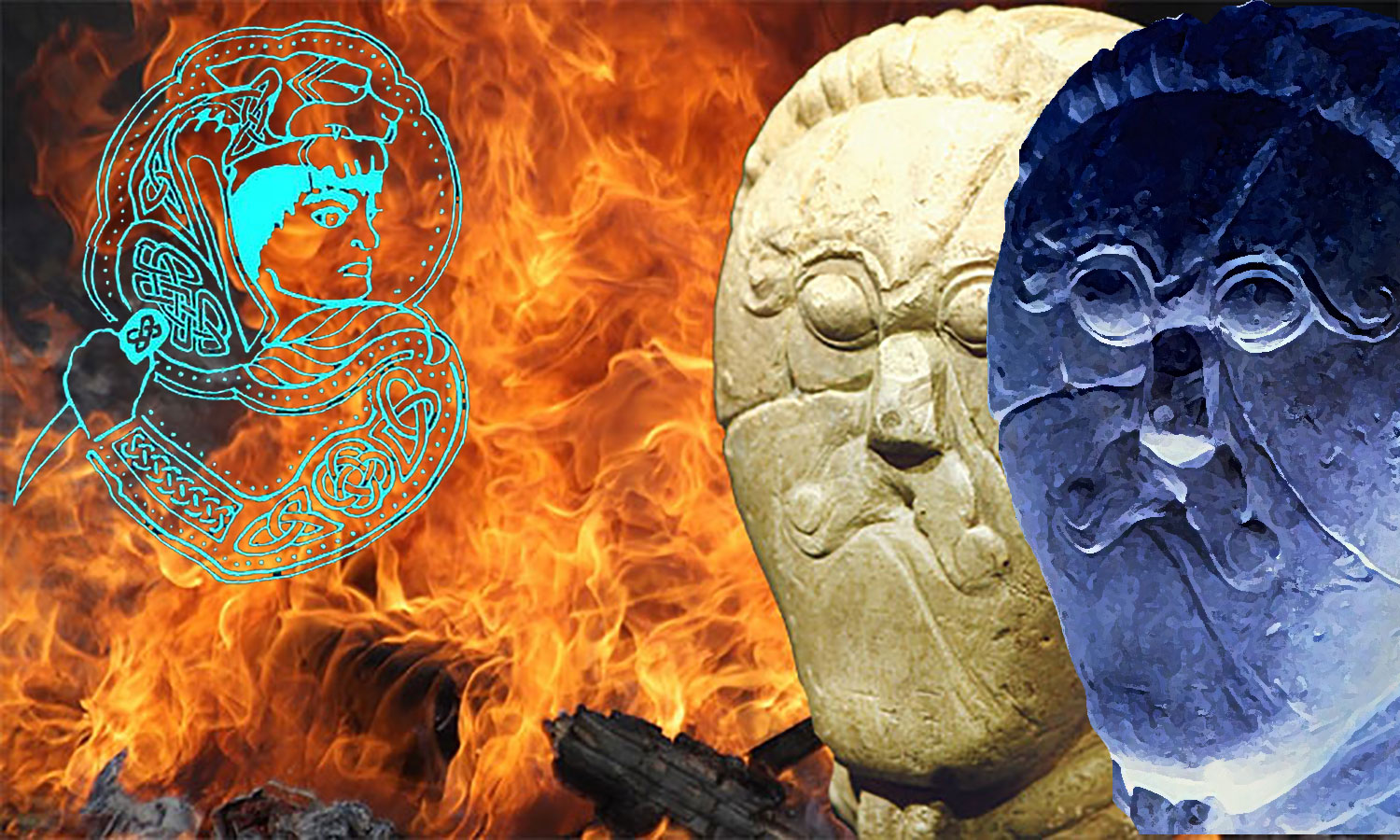
There are heroes who make children and adults dream, like Gilgamesh, Hercules or Prometheus. In Celtic mythology, Merlin and King Arthur, Percival, Gradlon the king of Ys, the fairy Melusine, the fairy Viviane … And the most fabulous of all, the giant Cuchùlainn. He enters the scene in the brightest of ways, at the age of 5, while still called Setanta, which means the way.
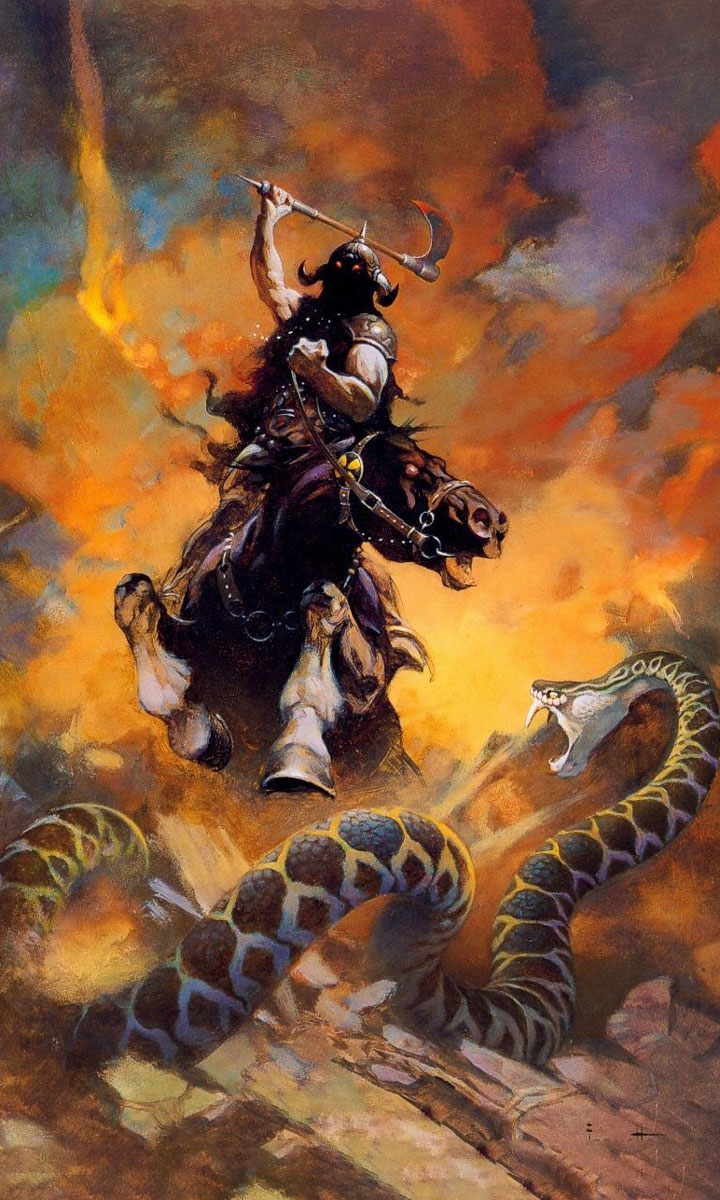 In the fortress of Emain Macha, also called the Castle of the Sins, a big party was given by the blacksmith Culann. For the tranquility of the guests and the good progress of the festivities, Culann posted his powerful mastiff at the gate of the fortress. Night falls when the young Setanta arrives at the Castle of Sins. Already an imposing size for his 5 years, the young giant is quick to walk, he has left his grandfather Cathbad who goes with him. Cathbad is a druid and a diviner who has raised the child since birth.
In the fortress of Emain Macha, also called the Castle of the Sins, a big party was given by the blacksmith Culann. For the tranquility of the guests and the good progress of the festivities, Culann posted his powerful mastiff at the gate of the fortress. Night falls when the young Setanta arrives at the Castle of Sins. Already an imposing size for his 5 years, the young giant is quick to walk, he has left his grandfather Cathbad who goes with him. Cathbad is a druid and a diviner who has raised the child since birth.
Like his grandfather, Setanta comes from the divine world, which the Celts call Sidhe or Island of the Four Masters. It is a mountain from which four rivers flow, separating the lands into four districts. This divine island hovers in the sky above the North Pole.
The young giant has just landed on earth, he knows nothing about this world yet. He is not suspicious of Culann’s dog, who rushes to him to tear him to pieces. A filthy slime covers the fangs of the animal and trickles on his rolled up chins. In his bloodshot eyes one can already read the death of the imprudent child.
It may seem dead, but the opposite is happening. Setanta is endowed with a prodigious force, his reflexes are quick, his gestures precise. In a jiffy he strangles the dog and sends him waltzing to the bottom of the ditch. The scene goes so fast that the animal has not had time to bite or scratch. When the grandfather arrives, the big dog is dead. Setanta did not give him a chance.
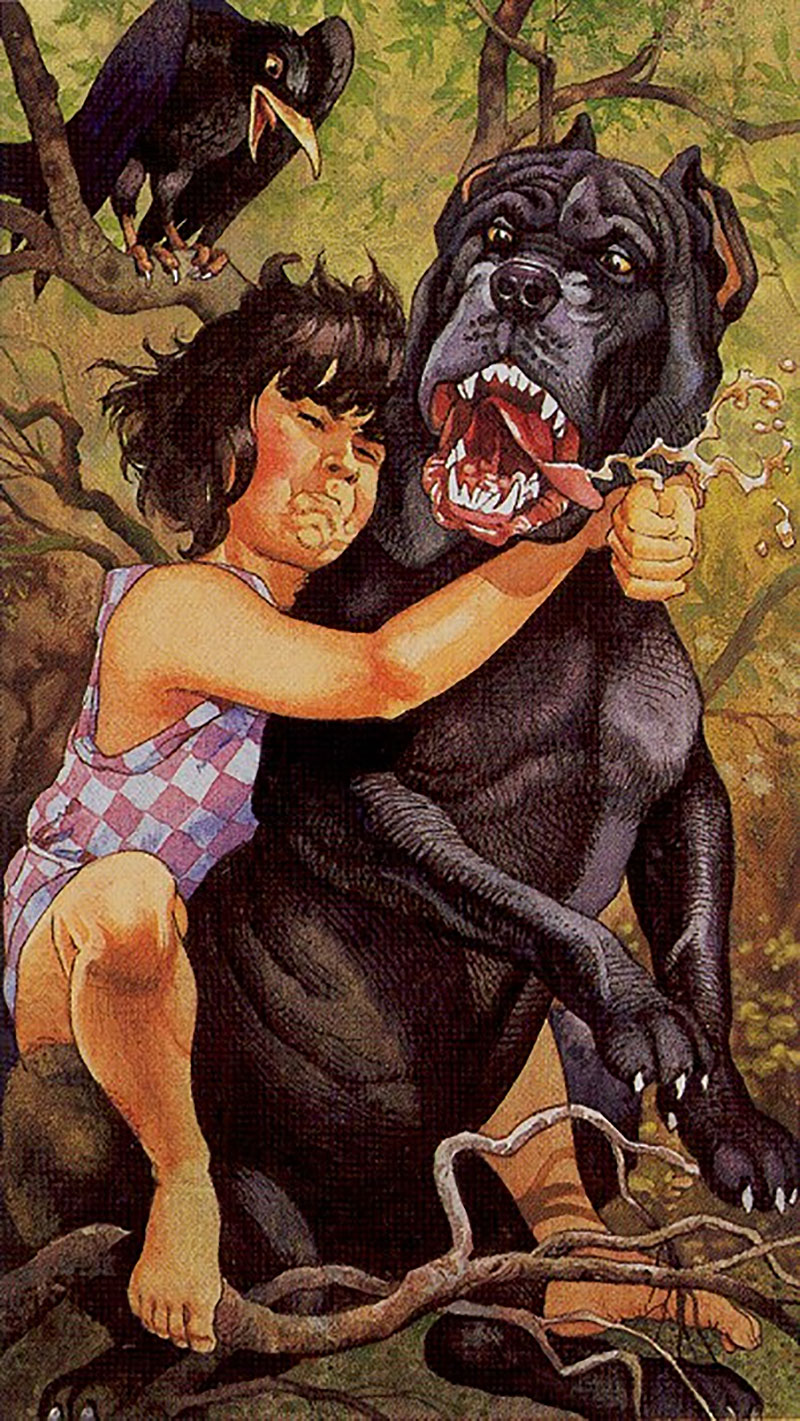 Son of Lugh, the god of light, and Dectire, a beautiful mortal, Setanta is not familiar with the customs and tricks of humans. It comes from the Four North Islands where lives a people of demi-gods, giants named Tuatha de Danaan, or Tuatha De Dana Ahn which means Those of Dana the Old, ie Dana the Great Goddess. For the Celtic tradition, these untraceable islands represent the other world, just like the Sidhe. In my opinion, it is in both cases the planet ship Nibiru or Hyperborea, with its central mountain and its four continents separated by large rivers. A spring was coming out of Eden to water the garden; and from there it was divided into four rivers, says the Bible. It is from the Eden of the Gods that she speaks.
Son of Lugh, the god of light, and Dectire, a beautiful mortal, Setanta is not familiar with the customs and tricks of humans. It comes from the Four North Islands where lives a people of demi-gods, giants named Tuatha de Danaan, or Tuatha De Dana Ahn which means Those of Dana the Old, ie Dana the Great Goddess. For the Celtic tradition, these untraceable islands represent the other world, just like the Sidhe. In my opinion, it is in both cases the planet ship Nibiru or Hyperborea, with its central mountain and its four continents separated by large rivers. A spring was coming out of Eden to water the garden; and from there it was divided into four rivers, says the Bible. It is from the Eden of the Gods that she speaks.
When he learns of the death of his dog, Culann is in a terrible rage.
– Cursed giant of the North,” he yells. Who will keep the fortress now? You, maybe?
– Yes, said the child. I will do it.
Setanta promises. He will replace the deceased dog. He will stand guard in his place. The blacksmith rolls terrible eyes. Setanta loses his way. So his grandfather intervenes. He imposes silence. In a loud and solemn voice, he declares that his protégé is no longer called Setanta, but Cùchulainn, which means “Culann’s dog” in old Gaelic.
Amazed by the young boy’s strength, the inhabitants intend to use the giant to destroy their enemies. Thus Cuchulainn settles at the Castle of the Sins. He grows up in strength and roughness. He is expected to perform feats. His grandfather Cathbad understands that the time has come. He declares that the stars ordered the departure of his grandson for the war. Alone, he can defeat the army of enemies. Good descent can not lie, so the young giant agrees. Cuchulainn is ready to go.
The first day, he kills two princes, his blood starts boiling. Warlike madness seizes his spirit. A red veil of blood blurs his sight. Too late. He must kill. So are the giants, objects of bloodthirsty impulses. Usually peaceful, good-natured, but when the first blood awakens their bloodthirsty instinct, they would kill father and mother. Two paths open before him: a path of light and a river of blood. Cuchulain chooses the blood river.
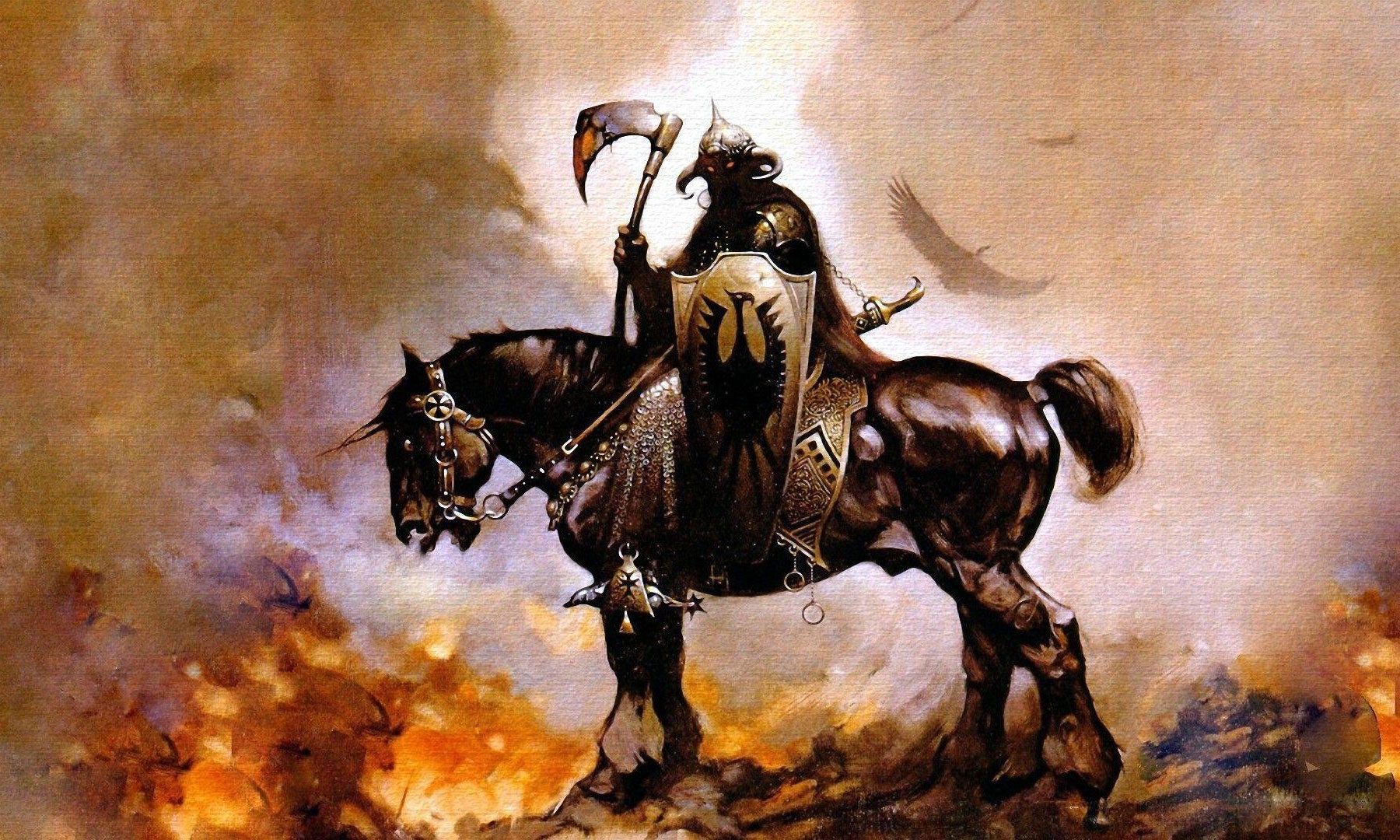
He returns his fury against those who have armed his arm. Conscious of having been manipulated, he returns to the Castle of the Sins to destroy it. To appease his fury, the besieged sent him three naked women. Disarmed, the giant fell in love with the most beautiful, Emer, the lily of Emain. The killer of men became as gentle as a lamb before the beautiful girl.
“Let’s marry them quickly” murmured the soothsayer Cathbad. “No one will marry my daughter if he is not first formed by Domhnall, the fencing master”, said the father of the young woman. Culann’s hound went to train with Domhnall, he learned all he could from him during three years. Having acquired the mastery of all weapons, he came back hopeful to ask the hand of Emer.
“Now you must train with Scathatch, the master in martial arts.” answered her father. Cuchùlann calmed his rage and lowered his head. “I will go to Scathatch” he said. Three more years passed. Trained in martial arts, he returned to ask the hand of Emer, but once again, her father refused without even lowering the drawbridge. Then Culann’s hound gave vent to his rage.
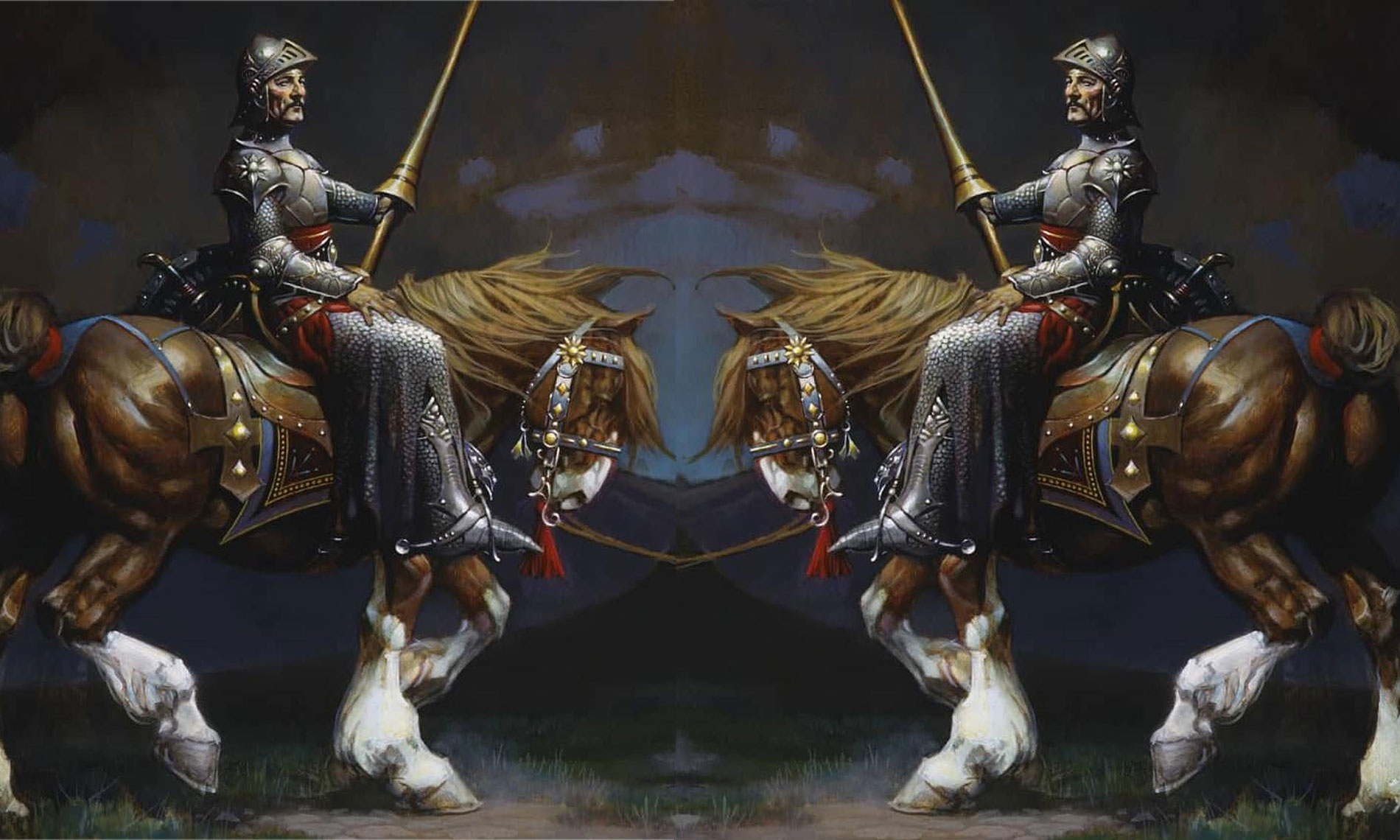
Entering the fortress, he killed many fierce warriors. Terrified, Emer’s father killed himself. The lovers were finally married. Cuchùlann, the Hound of Culann, fought then against snakes he put into pieces and dragons he routed: since then, he wore the Serpent’s emblem. In those times of unrest and wars, Cuchùlann, Ulster’s Hound, defended his country alone. Faced with the invasion of Maeve from Connaught, he protected Ulster despite the pain of his injuries.
Cuchùlann is a tragic hero: with his trusty sword Caladin, he killed Ferdiad, his best friend, in the heat of the battle of Ford. In his last fight, he got pierced by a hostile javelin. His entrails hung from his torn belly. He staggered and collapsed near a lake where he drank copiously. Then he firmly fastened up to a raised stone. A crow hopped on his guts and drank his blood. Cuchùlann sent out a last laugh, ending in painful gasp.
On his feet he faced up to his enemies, on his feet he died. Already, he felt his end coming, but he still firmly kept his valiant sword Caladin.
For three days and three nights, the enemy was trembling in the bushes, not daring to approach him, tied to his stone like a pagan Christ, raising a threatening arm that was still holding Caladin. On the fourth day, an otter approached Cuchùlann. The otter sniffed his face and began to drink his blood. Whispered his enemies:
One by one, relieved, they left their burrows. The news spread. Life could return to normal …
This is the story of Cuchùlann, the mythical hero of Ulster. But there are others. First I discovered that Mayan legends also tell us about Cuchùlann and tell us a different end. Then, my current research allowed me to restore the true story of Cuchùlann the Ulster Dragon. Hold on.
The Ulster Dragon
Nothing is hidden except to be revealed. (source)Manu Larcenet, Le combat ordinaire, 2002
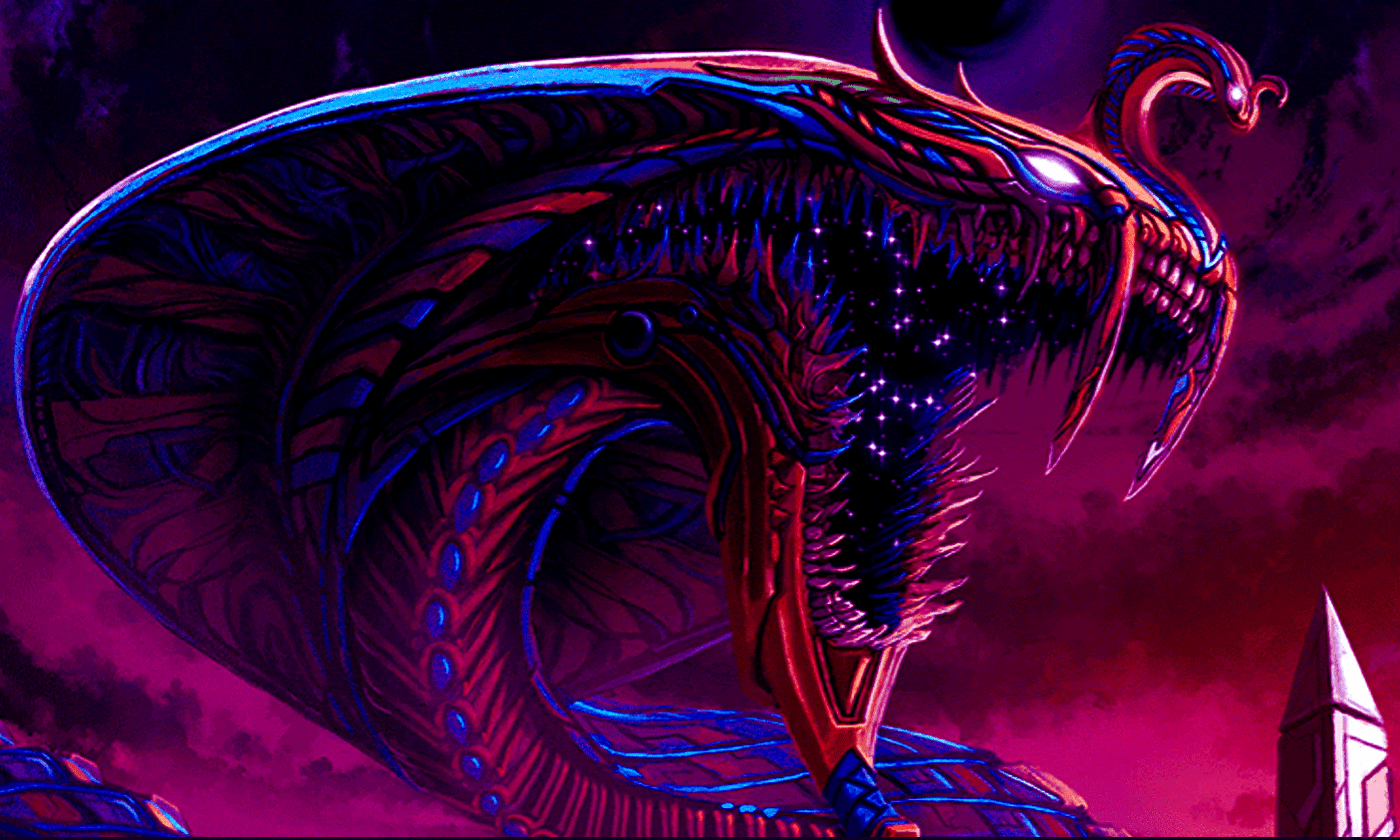
Written in the 14th century, the official version you just read is far too wise. In the Middle Ages, the details of the original myths were erased. The dragons are forgotten. The facts are embellished. So I took a closer look. My research on the timeline allowed me to reconstruct the true story of Cuchulann. So I will do justice to the Culann Dogue, who is above all a terrifying dragon.
The young Setanta is only five years old when he descends on earth. At this age, the human child is weak and fragile, while the little dragon already has a terrifying power. He does not yet have the greedy mouth to the sharp fangs of his father Lugh the Luminous. He does not spit the fire of Gehenna either, he is far too young.
A dragon can live four thousand years, sometimes much longer. It only reaches adulthood after a thousand or two thousand years of youth. He then burns everything that moves, drools on his prey and then swallows everything, as the Torah tells us so well.
Our ancient ancestors didn’t talk about dragons. Greek mythology calls them giants. Gigantomachy is the war that Zeus and his allies wage against the great reptiles. When a man addresses a dragon, he must tell him Master.
The Reptilians are the former gods, coming from the four northern islands. It is a large circular island divided into four districts. The Dragons named it the island of the Four Masters.
Setanta means the path. It is an initiatory path that will unfold before him, freshly landed on the land of men… and women!
The baby dragon comes to the Castle of Sins. What kind of home can bear such a name? A clear clue will be given in the continuation of the Irish account: He returns to the Castle of Sins to destroy it. But the besieged address three attractive women, a blonde, a redhead, a brunette, all three naked.
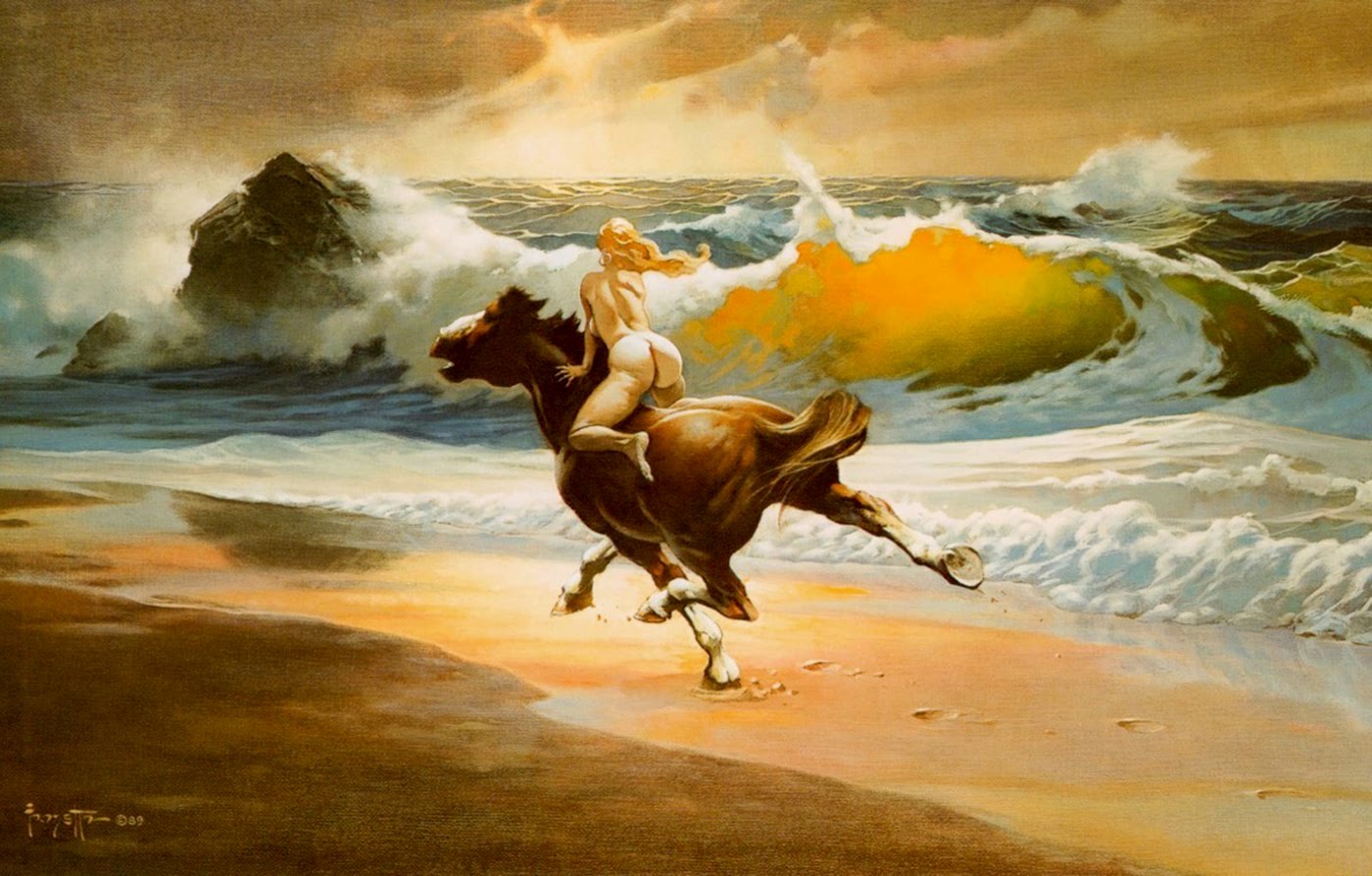
In the Sex Castle
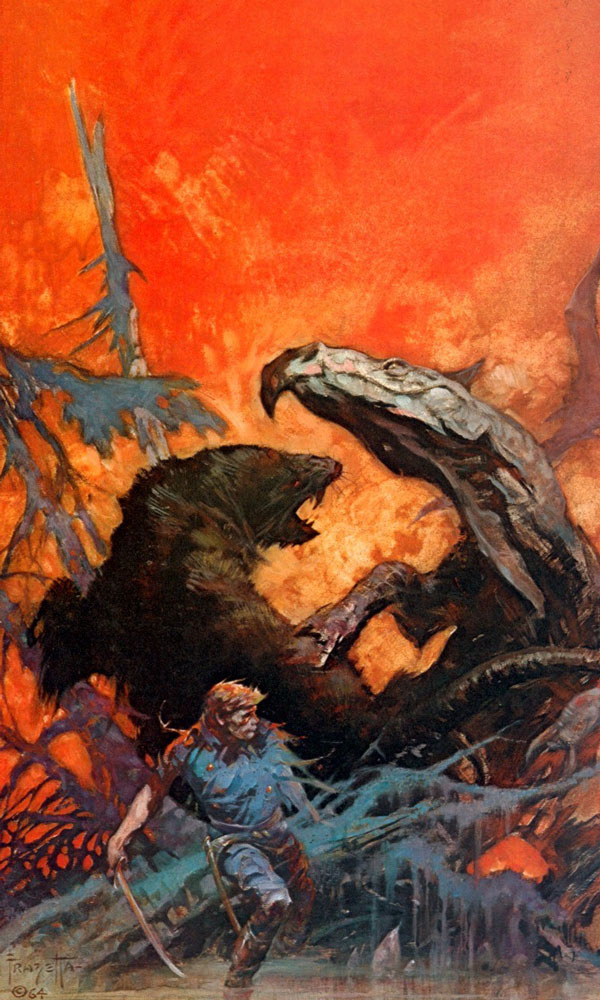 Three attractive naked women, you get it. The Castle of Sins is a slap. A brothel. A brothel where the welders fight back and punch in the mouths that rave. They do not have to punch them much since they are already naked.
Three attractive naked women, you get it. The Castle of Sins is a slap. A brothel. A brothel where the welders fight back and punch in the mouths that rave. They do not have to punch them much since they are already naked.
Let’s go back to the thread. Setanta the baby Dragon shows up in front of a lupanar. There is money in this kind of place. Money to protect and whores to watch. A strong watchdog is necessary.
But what can the strongest mastiffs do against a young dragon that already weighs ten times the weight of the big dog? Setanta does not need to spit fire. With a simple flick, he sends the dog to the planet Venus. And it is she who scorched him the puck. For information, the surface of Venus exceeds 460°.
The pimp comes out of the slap in the face: What got you, dragon asshole? You killed my dog trained to kill giants! Ah bravo, little bastard! What are you gonna do to fix your shit?
“Take it lower, little man of sins,” replied Setanta. If I were a thousand years older and my face was like Dad, you wouldn’t talk to me like that. I may be a baby, but I’m still a dragon. You owe me respect.
“Forgive me, proud dragon. My name is Culann, and I have the highest regard for your noble race.” Setanta answers nothing and leans towards Culann which he dominates from his four meters high.
Culann softened and replied nicely: ‘You see, son, there is big money in this castle of love. And nice linen too. This dog was essential to protect my business. You can’t give it back to me, that’s for sure. How you blew it! Hey, you look tough for your age…
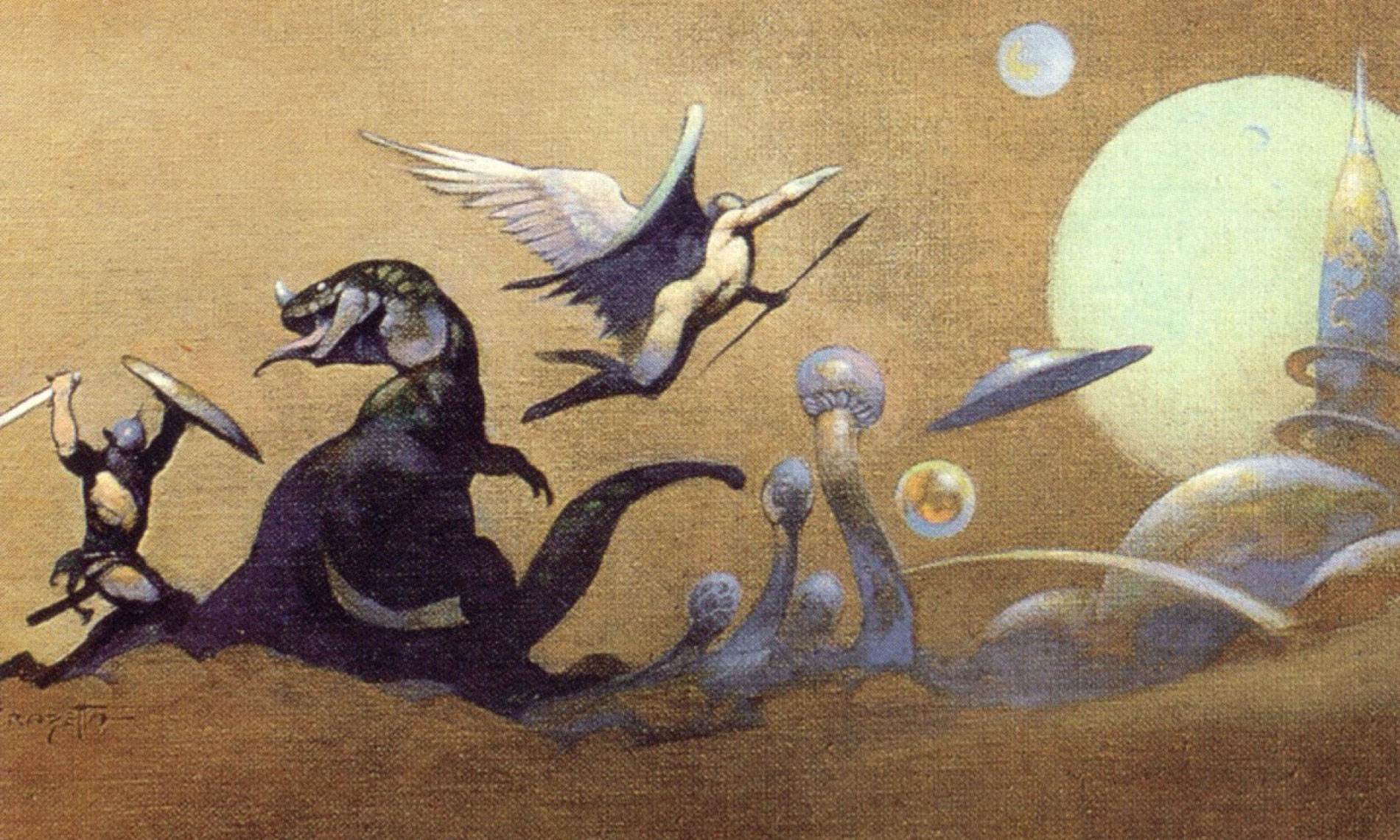
Two hundred princesses
“Only you have harmed me. Who will keep my ass? You could take the place of the dog. I see nothing else.”
“Um,” said Setanta, “my vocation as a dragon would be to keep a princess locked in her tower.”
Here, there is no shortage of towers! Nor princesses. There will be thirty at your disposal. Luscious and hardworking! Queens of their kind.
‘That’s all right,’ said Setanta. ‘I’ll do what you want, Culann.
That’s perfect, said Culann. In that case, you will bear the name of my dog. Cuchulann, Culann’s dog.
This is how the young Setanta became the Dragon of Culann. Back in his Castle of Sins, he rubs the pognes with satisfaction. What an attraction, he said to himself. I Culann the Blacksmith, boss of the only boxon guarded by a dragon!
*
* *
The Bible, the Torah and the Koran teach us that some angels and archangels fell in love with the humans they found to their liking. Their skin was soft and warm. Infinitely sexy and desirable compared to theirs, cold and covered with scales. So they left the mothership Hyperborea, they came down to earth to take wife. Like Cuchùlann. He came down to earth, he is one of those fallen angels that the Gnosis call archons.
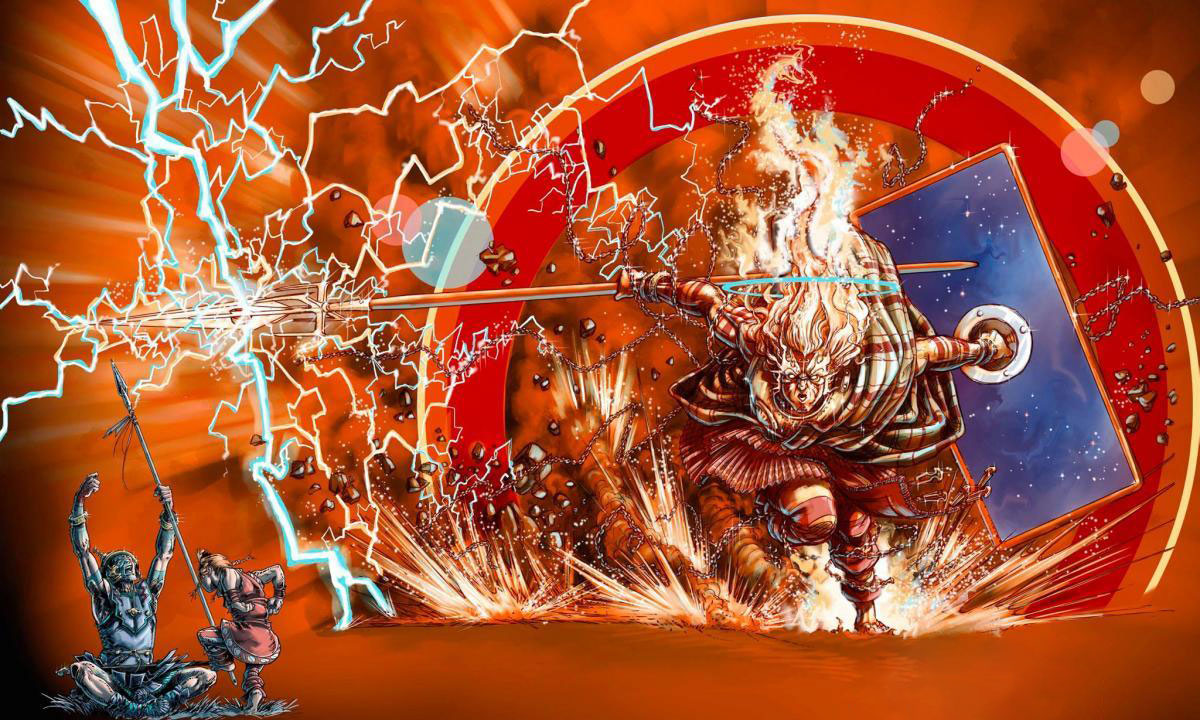
The Saga of Cuchùlann
Cuchùlann Killed His Son: Why did Cuchùlann kill his son? It is neither easy to understand nor difficult to tell. Cuchùlann had gone to learn weapons at Scáthach la Farouche, a warrior princess of the Land of Shadows. He went to this country and served the magician.
The Magic Weapon of Cuchùlann: Scathach Uanaind is a powerful and formidable magician who lives in Scotland, some texts evoke the Isle of Skye. One accesses his residence by the Pont-des-Saut which shrinks and becomes slippery or stretches and straightens to crush the reckless visitor. She herself is the initiator of the most valiant warriors. Gifted magician, expert in the art of war and sex, she commissions a band of women who educate heroes. His most prestigious students are Noise, Ferdiad, and Cuchùlann.
From Cuchùlann to Kukulkan: Cuchùlann is no ordinary man. His divine filiation, his superhuman strength, the exploits he accomplished and the fear he inspired put him in the category of ancient superheroes. His father Lugh the Brilliant was Son of the Sun, initiated by lightning, and it is a safe bet that the son was also. His legend is told to us by the Irish, but Cuchùlann is not from Ireland. Not only.
Kukulkan the Maya: Lugh the son of the Sun, Lugh with the sparkling face had three sons, three magnificent boys, all three sons of the Sun, children of Hyperborea as their father, all three giant gods with the brilliant face. While Ram the Aries of Hyperborea conquered and civilized the world to the east, Enki and Cuchùlann departed to the east. In the Andes, Enki under the name of Tiki laid the foundations of a sustainable civilization, policed, temporarily cured of his passion for human sacrifices, which he fought violently. Cuchùlann, the third son, decides to change his life.
Breaking with his warrior manners and the bad memory of his red veil on his eyes announcing the rise in him of a terrible desire for murder, he becomes a kind of monk-soldier and, with a small troupe of faithful, sets off for the land of America, which he approaches in Yucatan.


